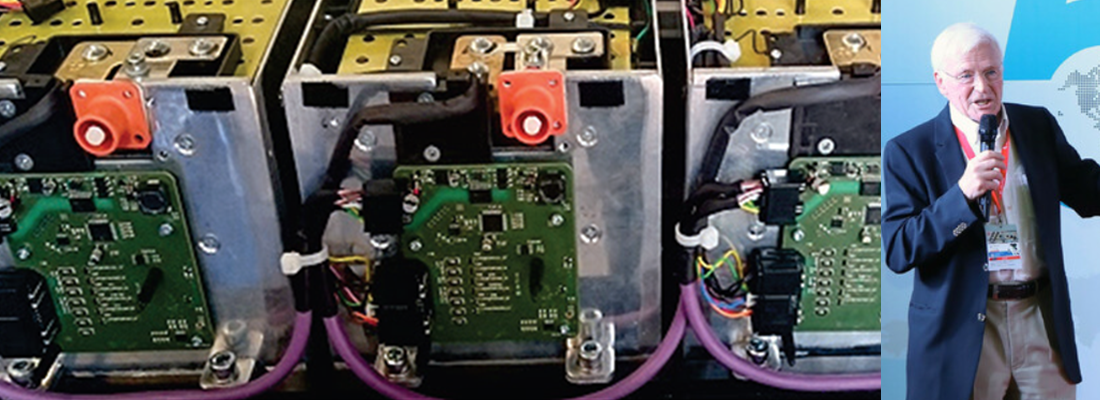Australia’s High Court introduces patent exhaustion doctrine into Australian law - awarding a victory to remanufacturers
In the long running patent infringement battle between OEM cartridge supplier Seiko Epson, and the remanufacturer of its cartridges, Calidad, on 12 November the High Court delivered its judgment, imposing a significant limitation on patentee’s rights. In its decision, Calidad Pty Ltd v Seiko Epson Corporation [2020] HCA 41, the High Court has enshrined the doctrine of patent exhaustion in Australian law, thereby limiting the patentee’s (Seiko Epson) ability to restrict the post market remanufacturing of its cartridges. A detail of the full article written by Jane Owen and Patrick Brown of Bird & Bird LLP is below.
When does modification amount to “making”?
In the absence of an implied licence doctrine, the High Court made it clear that the correct way to determine if repairing or remanufacturing a product infringes a patent is to as whether it amounts to making a new embodiment of the claimed invention. The majority stressed that this question must be answered with references to the essential integers of the claims, not by reference to the qualities of the remanufactured product itself. The expectations of the patentee regarding how the product should be used (e.g. whether it was intended to be single use or not) are not relevant to this analysis.
The question then was whether the refilling and reprogramming the ink cartridges by Calidad amounted to making a new embodiment of Seiko’s invention. The majority found the Full Federal Court had erred in answering this question by reference to the usefulness of the product in the form it was originally supplied by Seiko, rather than by reference to the scope of the claims.
Contrary to the findings of the Full Federal Court, the High Court majority found the modifications made by Calidad did not involve replication of parts or features claimed by the Seiko patents. In particular, the majority rejected the suggestion that puncturing the cartridge, followed by refilling and resealing somehow “unmade” and the “remade” the product. Similarly, reprogramming the existing memory chip did not amount to making a new product. Even the removal and replacement of the integrated circuit board assembly did not amount to making a new embodiment of the invention. The particular layout of the circuit board and terminals was an essential feature of the patent claims; however, as Calidad only removed the circuit boards and replaced them with other circuit boards also taken from original Epson cartridges, they had at no point created a new embodiment of this integer. As a result, it was found that all of the modification were consistent with the rights of an owner of the product and did not infringe Seiko’s patents.
Key takeaways
- For the first time the High Court has stated that a patentee’s rights over a patented product are extinguished completely when it is sold to a consumer
- The owner of a patented product is entitled to modify or repair the product as much as they wish, provided this does not amount to making a new embodiment of the invention
- It is important to assess whether a modification amounts to making a new embodiment with reference to the integers of the claims, not the original features of the product
The full article written by Jane Owen and Patrick Brown of Bird & Bird LLP can be read here.
Share your remanufacturing stories with us
Do you have an innovation, research results or an other interesting topic you would like to share with the remanufacturing industry? The Rematec website and social media channels are a great platform to showcase your stories!
Please contact our Brand Marketing Manager.
Are you an Rematec exhibitor?
Make sure you add your latest press releases to your Company Profile in the Exhibitor Portal for free exposure.






